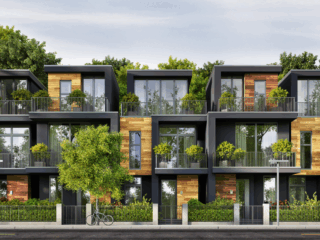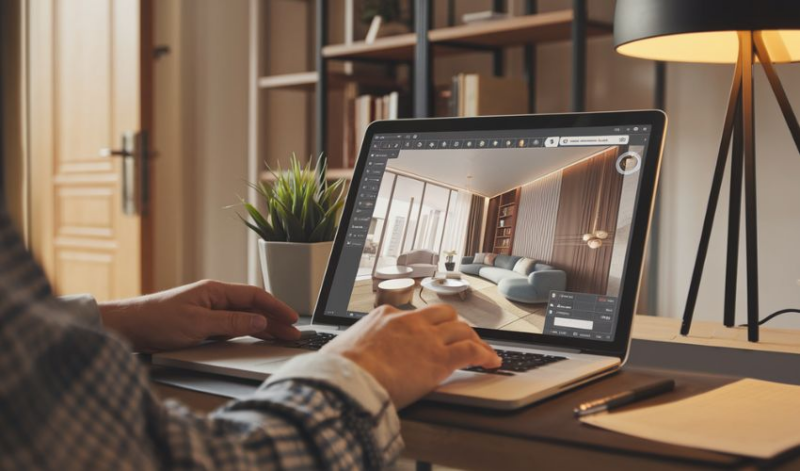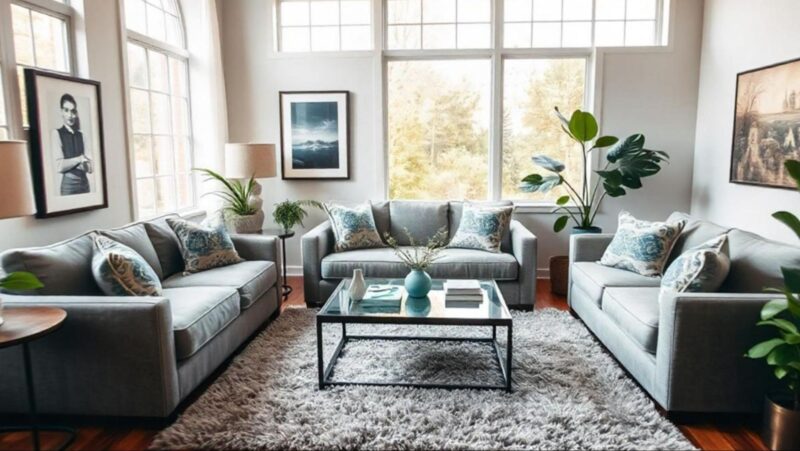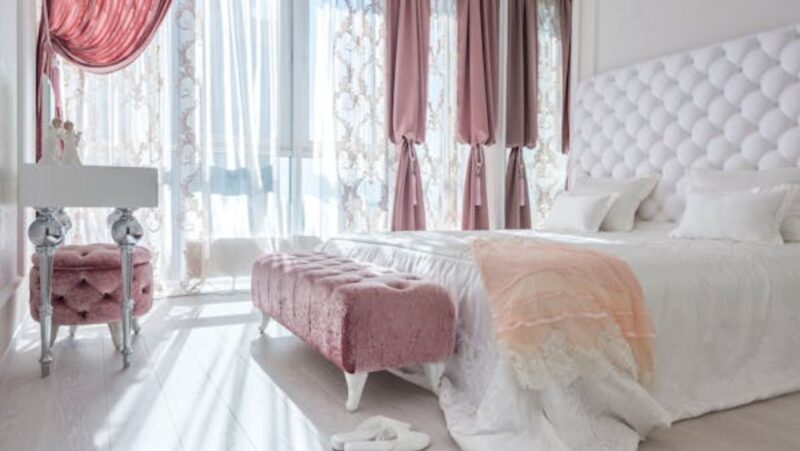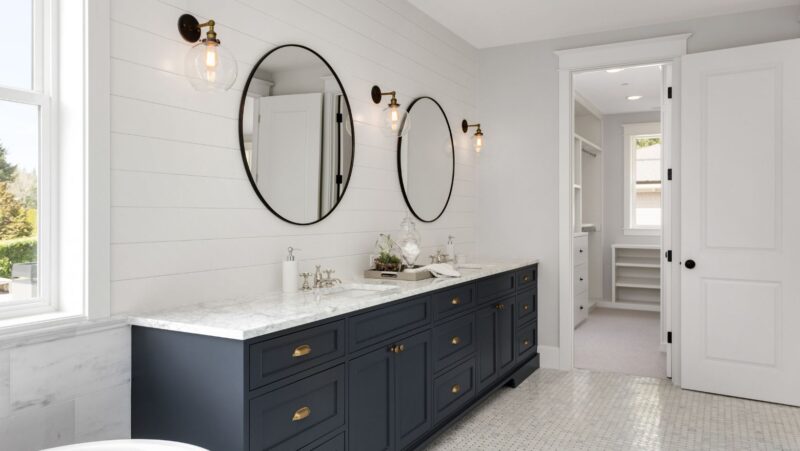
In the ever-evolving landscape of modern business, the importance of commercial interior design cannot be overstated. Beyond mere aesthetics, the design of a workspace plays a crucial role in shaping the productivity, well-being, and overall success of an organization.
As businesses increasingly recognize the tangible benefits of thoughtfully designed environments, the demand for full-service interior design solutions has grown exponentially.
Let’s exploring how these services can be leveraged to create spaces that not only inspire and engage employees but also directly contribute to enhanced workplace productivity. By understanding the intricacies of interior design and its impact on the human psyche, businesses can unlock the full potential of their workforce and create environments that foster innovation, collaboration, and success.
The Essence of Commercial Interior Design
Professional Commercial interior design is a specialized field that focuses on creating functional, efficient, and visually appealing spaces for businesses and public establishments. Unlike residential interior design, which prioritizes personal preferences and comfort, commercial design must balance a variety of factors, including branding, ergonomics, and regulatory requirements.

Full-service interior design firms offer a comprehensive range of services, from initial concept development to final installation, ensuring that every aspect of the space aligns with the client’s goals and objectives.
One of the key aspects of commercial interior design is the emphasis on branding and identity. A well-designed space should not only reflect the company’s values and mission but also create a lasting impression on clients and visitors.
Through the strategic use of color, materials, and visual elements, designers can create spaces that effectively communicate a brand’s personality and set it apart from competitors.
Interior Design Services: An Overview
Full-service interior design firms offer a wide array of services to help businesses create optimal work environments. The process typically begins with concept development, where designers work closely with clients to understand their needs, preferences, and goals.
Through a collaborative process, designers craft a unique vision for the space, taking into account factors such as brand identity, employee needs, and functional requirements.
Once the concept is finalized, designers move on to the execution phase, turning ideas into reality. This involves creating detailed floor plans, selecting materials and finishes, and coordinating with contractors and suppliers to ensure a seamless implementation.
Space planning and management are critical components of this process, as designers must ensure that every square foot is utilized efficiently to promote productivity and collaboration.
Lighting and color schemes play a significant role in commercial interior design, as they can have a profound impact on employee mood, motivation, and overall well-being. Designers carefully select color palettes and lighting solutions that promote focus, reduce eye strain, and create a pleasant working environment.
Enhancing Workplace Productivity Through Design
The link between the physical environment and employee productivity is well-established. Studies have consistently shown that well-designed workspaces can lead to significant improvements in employee performance, creativity, and overall job satisfaction.
By creating spaces that are comfortable, visually appealing, and conducive to collaboration, businesses can unlock the full potential of their workforce.

Numerous case studies demonstrate the tangible benefits of thoughtful interior design. For example, a study conducted by the University of Exeter found that employees who had control over their workspace design were 32% more productive and reported higher levels of job satisfaction. Similarly, a report by the World Green Building Council revealed that improved indoor air quality can lead to an 11% increase in productivity, while access to natural light can boost productivity by up to 23%.
Beyond productivity, well-designed workspaces can also play a crucial role in employee satisfaction and retention. In a competitive job market, a visually appealing and comfortable work environment can be a significant differentiator, helping businesses attract and retain top talent.
The Future of Commercial Interior Design Services
As the business world continues to evolve, so too will the field of commercial interior design. Emerging trends and technologies are poised to reshape the way we think about and interact with our workspaces.
For example, the growing popularity of virtual and augmented reality may lead to the development of immersive design experiences that allow clients to explore and refine spaces before they are built.
Similarly, the increasing focus on employee well-being and sustainability may drive the adoption of new materials and design strategies. Biophilic design, for instance, may become even more prevalent, with designers incorporating living walls, indoor gardens, and other natural elements into their projects.
The use of smart technologies, such as automatic lighting and temperature control systems, may also become more widespread, allowing businesses to create spaces that are not only comfortable but also energy-efficient.
Looking ahead, it is clear that evolving work cultures will continue to shape the future of commercial interior design. As remote work becomes more common and businesses adopt more flexible working arrangements, designers will need to create spaces that can adapt to these changing needs.
This may involve the development of hybrid spaces that combine traditional office environments with more casual, collaborative areas, as well as the creation of satellite offices and co-working spaces that cater to remote workers.
Conclusion
The role of interior design in enhancing workplace productivity cannot be overstated. Through the strategic use of full-service interior design solutions, businesses can create spaces that not only inspire and engage employees but also directly contribute to improved performance, creativity, and overall job satisfaction.
By understanding the intricacies of commercial interior design services and the various strategies and challenges involved, businesses can unlock the full potential of their workforce and create environments that foster success.
As the business world continues to evolve, so too will the field of commercial interior design. By staying attuned to emerging trends, technologies, and evolving work cultures, designers can continue to create spaces that are not only functional and efficient but also deeply human-centric.
In doing so, they can help businesses create environments that not only support their employees’ needs but also contribute to the long-term success and growth of the organization.

